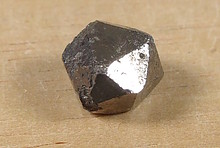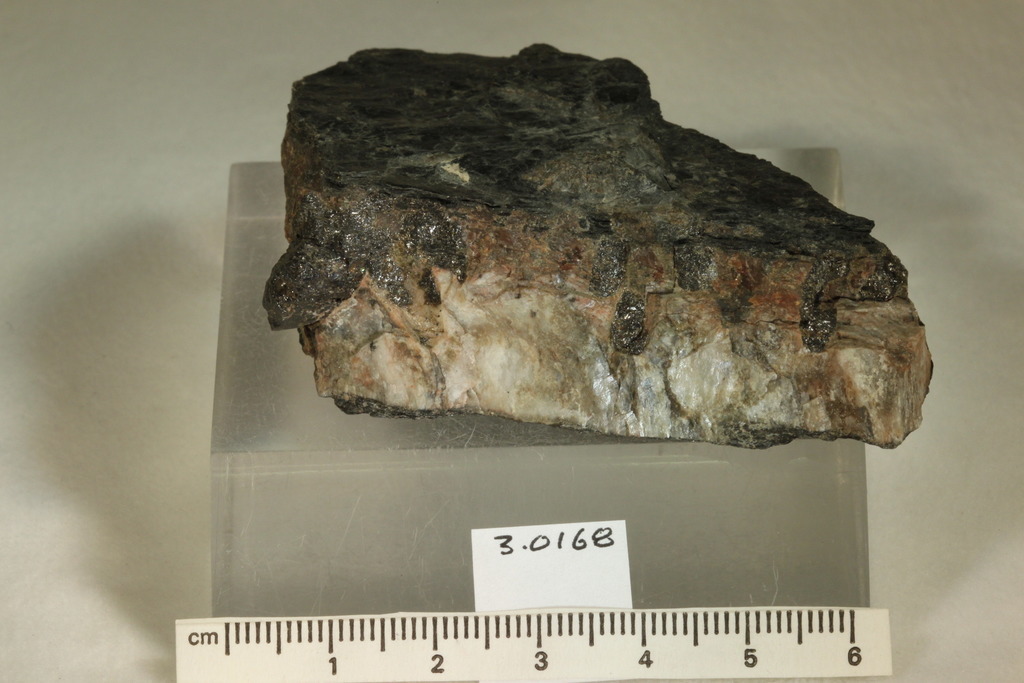Home PageAbout MindatThe Mindat ManualHistory of MindatCopyright StatusWho We AreContact UsAdvertise on Mindat
Donate to MindatCorporate SponsorshipSponsor a PageSponsored PagesMindat AdvertisersAdvertise on Mindat
Learning CenterWhat is a mineral?The most common minerals on earthInformation for EducatorsMindat ArticlesThe ElementsThe Rock H. Currier Digital LibraryGeologic Time
Minerals by PropertiesMinerals by ChemistryAdvanced Locality SearchRandom MineralRandom LocalitySearch by minIDLocalities Near MeSearch ArticlesSearch GlossaryMore Search Options
The Mindat ManualAdd a New PhotoRate PhotosLocality Edit ReportCoordinate Completion ReportAdd Glossary Item
Mining CompaniesStatisticsUsersMineral MuseumsClubs & OrganizationsMineral Shows & EventsThe Mindat DirectoryDevice SettingsThe Mineral Quiz
Photo SearchPhoto GalleriesSearch by ColorNew Photos TodayNew Photos YesterdayMembers' Photo GalleriesPast Photo of the Day GalleryPhotography
╳Discussions
💬 Home🔎 Search📅 LatestGroups
EducationOpen discussion area.Fakes & FraudsOpen discussion area.Field CollectingOpen discussion area.FossilsOpen discussion area.Gems and GemologyOpen discussion area.GeneralOpen discussion area.How to ContributeOpen discussion area.Identity HelpOpen discussion area.Improving Mindat.orgOpen discussion area.LocalitiesOpen discussion area.Lost and Stolen SpecimensOpen discussion area.MarketplaceOpen discussion area.MeteoritesOpen discussion area.Mindat ProductsOpen discussion area.Mineral ExchangesOpen discussion area.Mineral PhotographyOpen discussion area.Mineral ShowsOpen discussion area.Mineralogical ClassificationOpen discussion area.Mineralogy CourseOpen discussion area.MineralsOpen discussion area.Minerals and MuseumsOpen discussion area.PhotosOpen discussion area.Techniques for CollectorsOpen discussion area.The Rock H. Currier Digital LibraryOpen discussion area.UV MineralsOpen discussion area.Recent Images in Discussions
Identity HelpUnknown Rare Earth?
30th Oct 2016 11:45 UTCJoshua Chambers
This specimen was bought at the final Gregory, Bottley & Lloyd auction as 'Rare Earth' from Sweden. Hopefully someone might recognise this material?
I am testing the black material on the outside of the specimen.
It has a hardness of around 2.5. It is scratched by calcite and a scratch with a fingernail does produce some powder, but no visible scratch.
If any other info is needed, just ask.
Thanks
Josh
30th Oct 2016 11:57 UTCReiner Mielke Expert
30th Oct 2016 12:17 UTCJoshua Chambers
Crystal 1:
Crystals 2:
Thanks
Josh

30th Oct 2016 12:57 UTCJyrki Autio Expert
30th Oct 2016 13:21 UTCJoshua Chambers
It is difficult to see, but under microscope I saw a small thin part of the crystal which had avery dark green tinge to it. I also found this photo, which almost exactly resembles the layering and mineral association in my specimen.
http://www.mindat.org/photo-120340.html
I'd say it's pretty certain I've got Gadolinite from Ytterby, Sweden. What do people think?
Thanks very much
Josh

30th Oct 2016 13:59 UTCDana Morong
I have a specimen (a non-labeled giveaway from a college geology department several years ago) that looks exactly like the material from a local pegmatite about 20 miles from where I live. Has eight species on it, some of them unusual, and the combination is nearly, but not absolutely, unique to the locality. Although I am 99% certain where it came from, I can only label it as "had no label but looks just like" this locality. Someone even suggested that I might have once, years ago, given them the specimen, but I would have had some label with it, only it might have been loose (such as a big paper wrapped around it) and got lost. These days, if I know where it came from, and if it is big enough, I put a sticky label on it so it can't come off. But there are always those great but mysterious specimens that one is nearly certain of, but not quite!
30th Oct 2016 14:16 UTCJoshua Chambers
Of course! If I get something with no label, or vague locality, but find it to 'probably' be from somewhere, I label it with a question mark.
I wasn't aware Ytterby specimens were so sought after. I bought it from a fossil shop for £4. Rare earth minerals kind of interest me, so I bought it, not knowing what it was, and only a vague locality; sometimes it pays off buying something cheap, with almost no information. He even had loads of smaller specimens for sale as well, possibly from the same locality (they were all bought with my specimen from same auction). Thinking about it, I might e-mail him and buy the other smaller bits (after looking at pictures of them), see if they are any other of the REE minerals from Ytterby.
Thanks
Josh
30th Oct 2016 14:19 UTCFred E. Davis
IIRC, the matrix is feldspar sandwiched between annite (biotite).
You can view others by searching the online catalog here: http://collections.peabody.yale.edu/search/Search/Advanced?collection=Mineralogy%20and%20Meteoritics and entering "ytterby" in one field and "fergusonite" in the next and click "Find."
Edit: Corrected link to online catalog.
30th Oct 2016 14:24 UTCJoshua Chambers
I might have to do some research into what REE minerals I actually have on my specimen. So Gadolinite and Fergusonite are possibilities Thanks for the pictures and information :-)
Thanks
Josh
30th Oct 2016 14:43 UTCPaul Brandes 🌟 Manager
It is a beautiful specimen, none the less. (tu)
30th Oct 2016 15:50 UTCOlav Revheim Manager
The Ytterby pegmatite is sort of a holy grail for Rare Earth aficionados, as no less than 7 Elements was first identified from this pegmatite . There are dozens of pegmatites in Sweden carrying Rare Earth minerals like you have, and I don't think that you should mention Ytterby on the label, not even with a question mark, unless you have some evidence that Ytterby may in fact be the locality from which your specimen originates.
Looking like a specimen from Ytterby does not qualify as evidence, as REE minerals typically occurs like yours, as crystals embedded in feldspar, growing from a biotite sheet.
With regards to identification, the streak may also be helpful. A dark greenish streak will be diagnostic for gadolinite. A brownish to black streak will be of no help in ID.
Hope this helps
Olav
30th Oct 2016 16:15 UTCJoshua Chambers
Hi Olav, thanks for the reply. I only presumed Ytterby because of the layering of biotite and feldspar, but if that occurs elsewhere, then I will just label as Sweden. Thanks for the info on streak. Taking a streak is difficult because the crystals don't poke out. I instead, use the fact that they have a green tinge to identify as Gadolinite. There are also other minerals on the specimen including one with a yellow tinge, a euhedral yellow micro somewhat resembling xenotime and some crystals inter grown in the feldspar. I will upload photos in the near future, see if anyone has any ideas.
Thanks very much everyone
Josh

30th Oct 2016 20:07 UTCErik Vercammen Expert
31st Oct 2016 02:26 UTCPavel Kartashov Manager
-------------------------------------------------------
> Joshua, 4 elements got their name derived from
> Ytterby: ytterbium, terbium, erbium and yttrium,
> because they were discovered in minerals from that
> pegmatite.
Not in minerals in general, but exactly in ytterbite, which later was renamed in gadolinite-(Y).
At early stages of mining of this pegmatite gadolinite formed huge crystals and pure chunks similar this one, collected in the first half of XIX century.
This sample is 7х7х5 cm size and weights 430 g being almost pure (minor red feldspar is visible).
So investigation of HREE wasn't complicated by long-weeks separation of gadolinite from crushed rock grain by grain.;-)
1st Nov 2016 19:00 UTCJohan Kjellman Expert
Your material is from Ytterby - no doubt!
"crystals 1" are gadolinites, maybe somewhat unfresh. typically subrounded crystals.
"crystals 2" more problematic but seems to have a relict core of gadolinite in the top part of the nodule, sometimes these gado's are altered to xenotime or associated with formanite, usually as yellow/green to darkish platy crystals standing vertically against the mica.
cheers

23rd Dec 2016 10:56 UTCAksel Österlöf Expert
Fully agree with Johan that it is an Ytterby specimen, and his statement!!!
Aksel
ps dont forget the element Holmium!




Mindat.org is an outreach project of the Hudson Institute of Mineralogy, a 501(c)(3) not-for-profit organization.
Copyright © mindat.org and the Hudson Institute of Mineralogy 1993-2024, except where stated. Most political location boundaries are © OpenStreetMap contributors. Mindat.org relies on the contributions of thousands of members and supporters. Founded in 2000 by Jolyon Ralph.
Privacy Policy - Terms & Conditions - Contact Us / DMCA issues - Report a bug/vulnerability Current server date and time: April 27, 2024 02:55:23
Copyright © mindat.org and the Hudson Institute of Mineralogy 1993-2024, except where stated. Most political location boundaries are © OpenStreetMap contributors. Mindat.org relies on the contributions of thousands of members and supporters. Founded in 2000 by Jolyon Ralph.
Privacy Policy - Terms & Conditions - Contact Us / DMCA issues - Report a bug/vulnerability Current server date and time: April 27, 2024 02:55:23






















